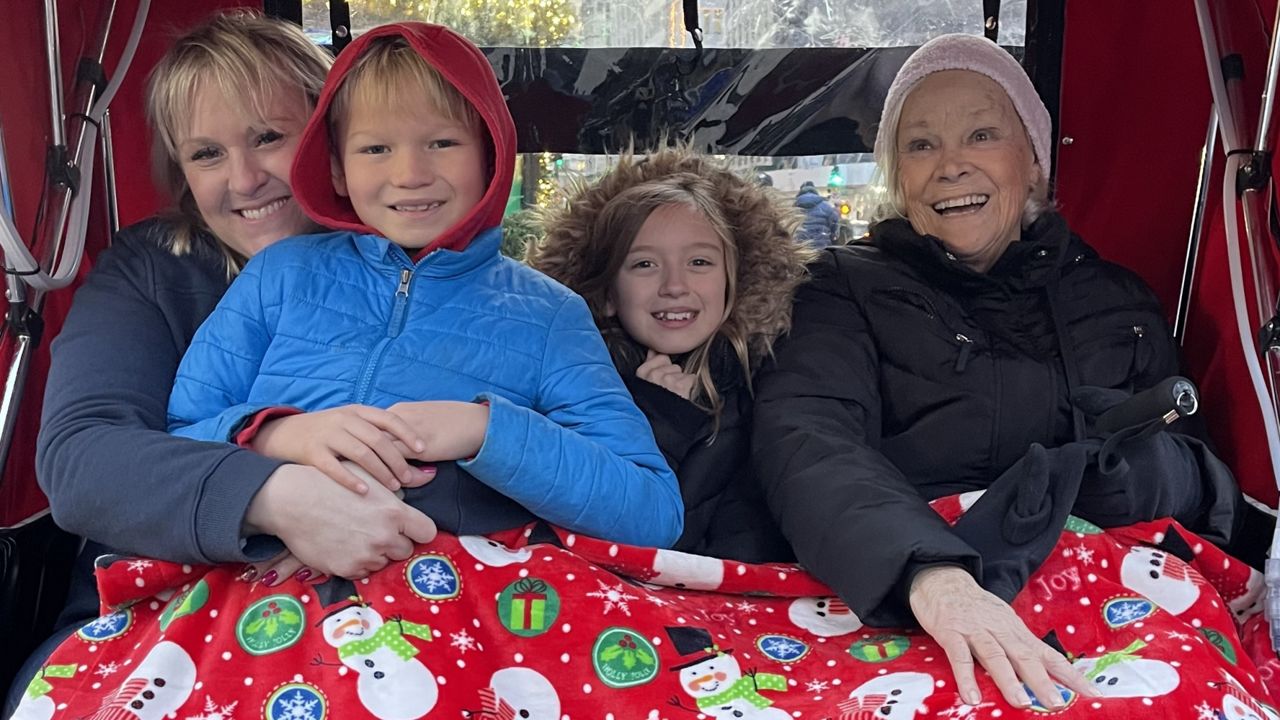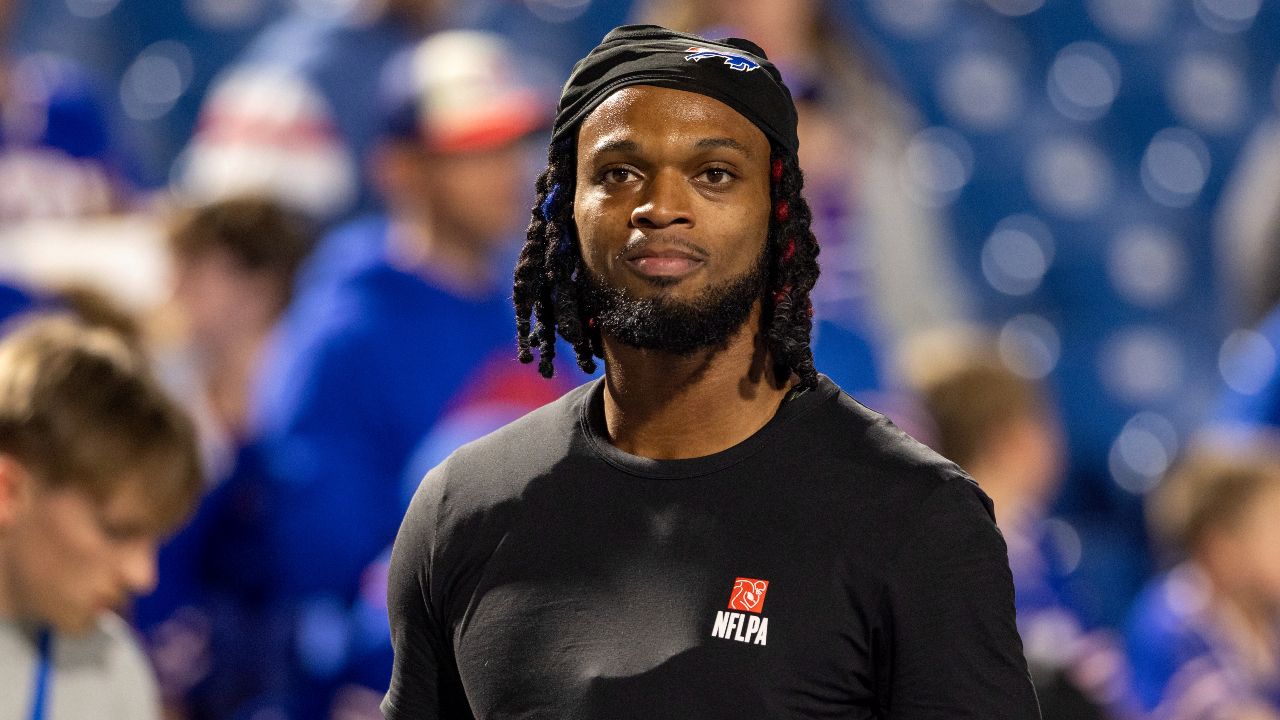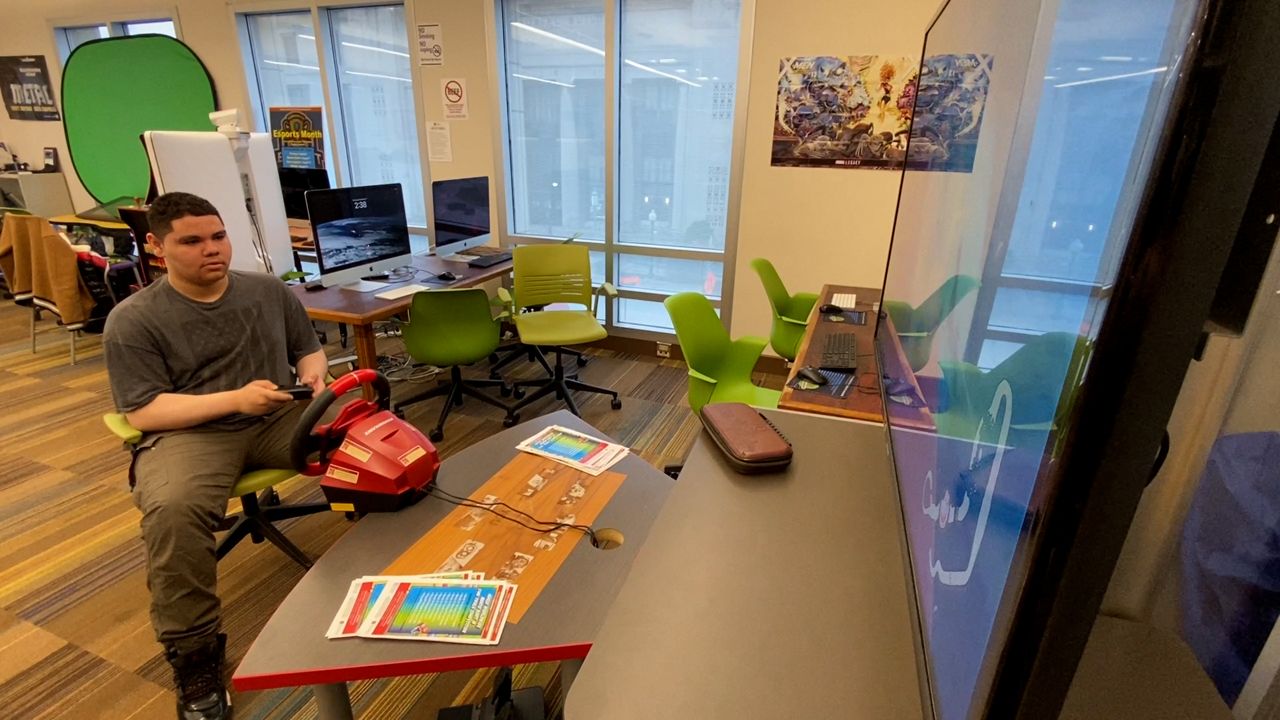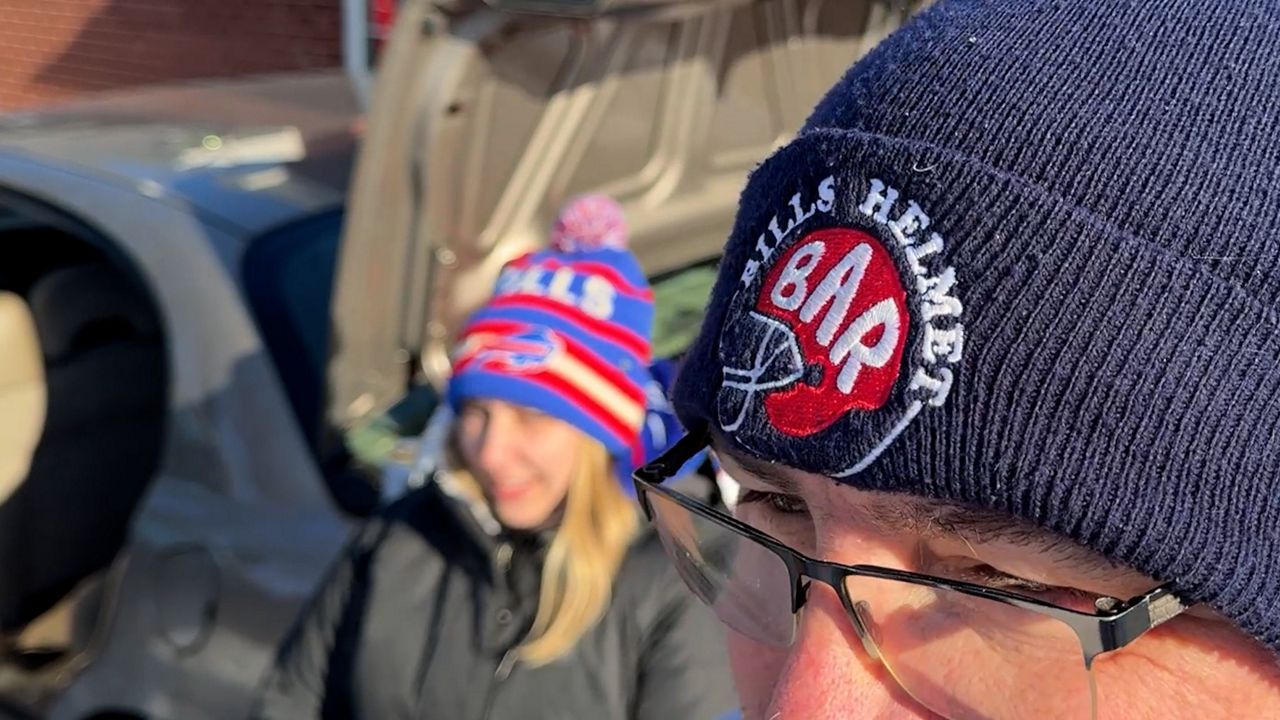BUFFALO, N.Y. — When a decades-running radio reading service for the blind ceased its Rochester operations, it left a big hole for thousands of blind and visually impaired people who depended on it. Now, a Buffalo-based group is expanding its service to the Flower City — but it needs plenty of help.
Reading an actual newspaper has become sort of a lost art. Once a week, Dick Schanley comes to a Buffalo area studio to read the paper to others.
“This is really wonderful for people because it gives them a mental version of what you and I see,” said Schanley.
Niagara Frontier Radio Reading Service is just that — a service where volunteers read the paper for blind and visually impaired listeners.
“Knowing that we're providing that service for people is important,” said Michael Benzin, executive director of Niagara Frontier Radio Reading Service. “Whether it's the news, the sports section, the comics, and even the ads.”
The ads are what draws Linda Olson.
“I particularly listen on Tuesdays at 11 o’clock because I like the grocery ads,” said Olson. “It saves a lot of time if I can get my grocery list together and compare prices.”
The Batavia woman has Retinitis Pigmentosa and has been blind most of her life. Being able to listen to books, newspapers and ads keeps Olson connected.
“Volunteers are so important to that whole to the whole mission,” said Benzin. “You know, if we didn't have them, I guess it wouldn't be a radio reading service.“
About six months ago, Niagara Frontier Radio Reading Service expanded into the Rochester area — two years after a prior reading service for the blindfolded.
“We were sorry to see them close, and we heard from listeners in the Rochester area who wanted to continue getting their publications,” said Benzin.
Being that the reading service depends on volunteers, there’s a great need for new ones, especially in the Rochester area. The qualifications, if interested in becoming a radio reading volunteer, are few. Those interested need to be able to read, of course, and be available for at least an hour a week. Reading for the blind and visually impaired can also be done from home.
“Most of our listeners are isolated. A lot of them are elderly. A lot of them live in institutions. You really don't see them too often in our society,” said Mark Robinson, engagement coordinator of development and outreach. “My biggest concern is making sure that all the people that live in the communities that are blind, or can't read for any reason, know about us.“
Olson says one thing she appreciates is access to what’s happening close to home.
“Local news, local weather.” Said Olson. “A lot of the local sports coverage from the high school teams. That kind of stuff.”
Reading the New York Times once a week to those who can’t see it, Schanley says, is a two-way street.
“I’m receiving benefits as much as the recipients,” said Schanley. “And you know I get a feel-good feeling that hopefully, I'm helping somebody.”
Benzin says the service, which depends entirely on contributions, is looking to grow. With an estimated 20,000 blind people in both Buffalo and Rochester — there’s a great need.
“There's a sense of companionship because our readers our volunteers are regular people,” said Benzin. “They're not professional voice artists, they don't have all those talents. So it's like sitting down next to a neighbor or family member, and having them read to you.“









